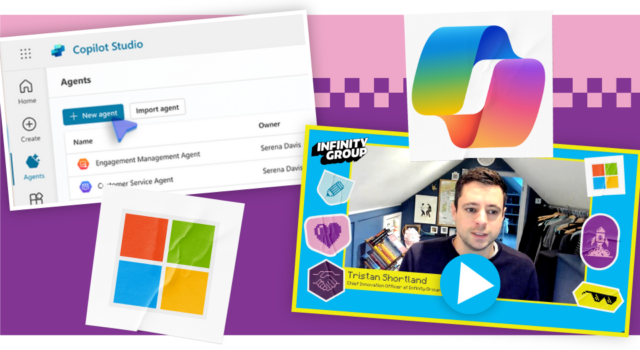What Infinity Group do to help_
We’re proud to hold a Low Code Application Development Specialisation from Microsoft. This comes from years of experience creating low code solutions for businesses across industries and challenge types.
We know low-code solutions offer easier management and a longer shelf life, which is why we seek to leverage them across our projects. Whether it’s creating standalone applications or customising your Microsoft systems, we seek to minimise complexity by utilising low code.
We also work closely with Microsoft’s flagship low-code platform, Power Platform. Spanning app development, data visualisation, workflow automation and portal creation, we’ll help you identify valuable use cases using Power Platform tools, based on your internal challenges. As well as being able to support your business case for Power Platform and demystify the licensing landscape, we can help you to develop custom applications and workflow automations, getting you started with low code.






